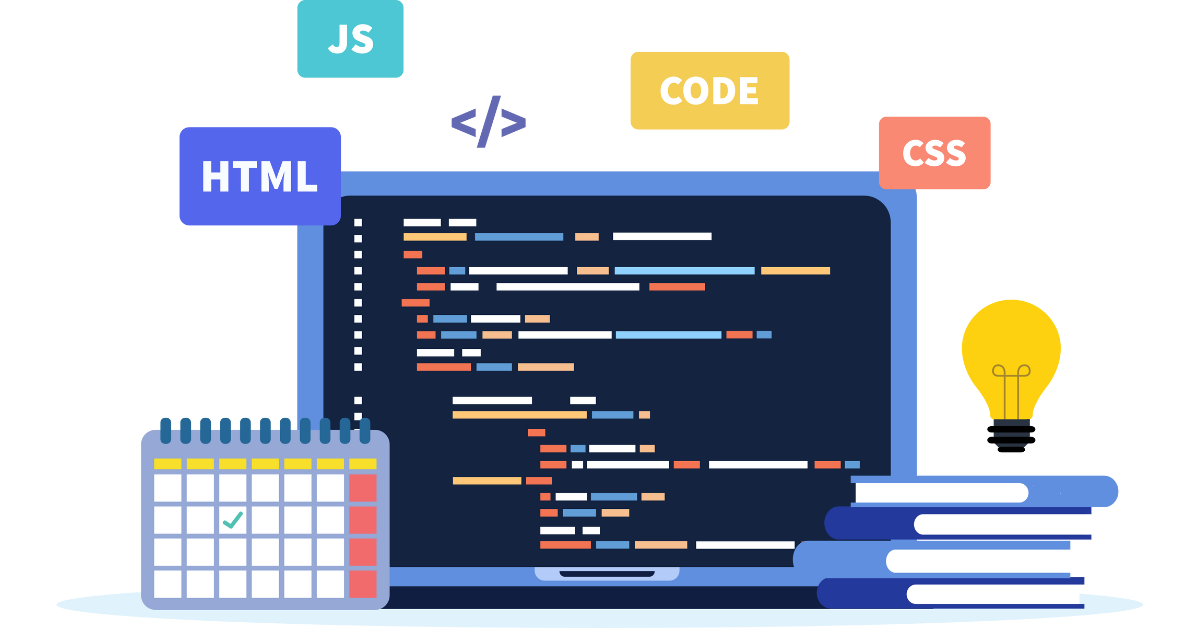Your Guide to Modern Internet Growth: Patterns and Best Practices
In the swiftly evolving landscape of web development, recognizing the most current trends and best practices is vital for developing appropriate and interesting digital experiences. Trick considerations such as individual experience, receptive style, and ease of access are not just optional but indispensable to the success of contemporary applications.
Arising Technologies in Internet Development
The development of internet development is noted by a relentless search of technology, driven by the need to improve customer experience and streamline procedures. Arising technologies remain to reshape the landscape, providing programmers effective tools to produce even more vibrant and responsive applications. Trick amongst these innovations are Dynamic Web Apps (PWAs), which mix the very best of web and mobile applications, offering offline performance and boosted efficiency.
Another significant development is the increase of Expert system (AI) and Equipment Discovering (ML), which enable personalized individual experiences and data-driven decision-making. These technologies help with chatbots, recommendation systems, and improved search functionalities, hence transforming how users communicate with internet applications.
Moreover, the adoption of frameworks like React, Vue.js, and Angular has changed front-end growth, advertising modular style and efficient state administration. On the back end, serverless style and microservices promote scalability and flexibility, enabling developers to focus on composing code without managing facilities.
Value of Customer Experience
Individual experience (UX) has actually become an essential focus in web growth, particularly as emerging modern technologies reshape interactions. A positive UX not only enhances individual fulfillment but also drives interaction, retention, and conversions. ecommerce web development perth. In a progressively competitive electronic landscape, businesses need to prioritize UX to differentiate themselves and satisfy user expectations
Reliable UX layout is rooted in understanding customer demands and habits. This entails performing extensive research study, creating individual personalities, and utilizing usability testing to collect insights. By doing so, programmers can develop intuitive user interfaces that assist in seamless navigating and decrease rubbing points.
Additionally, a properly designed UX can considerably affect a site's performance metrics. Research studies have actually shown that customers are more probable to abandon a site if they run into bad usability or too much loading times. Conversely, a streamlined, user-centric layout can result in reduced bounce rates and raised time spent on the site.
Accepting Responsive Layout
In today's diverse electronic landscape, embracing receptive style is crucial for making certain optimum individual experiences across different tools. With an enhancing variety of users accessing sites with mobile phones, tablet computers, and desktops, a receptive layout strategy permits content to adjust perfectly to various screen sizes and positionings.
Receptive design employs liquid grids, flexible images, and CSS media inquiries to create a vibrant format that adjusts in real-time. This methodology not only improves functionality yet likewise contributes to boosted internet search engine rankings, as online search engine favor websites that provide a regular experience throughout devices. Furthermore, receptive style lowers the need for multiple versions of a website, improving maintenance and updates.
Additionally, responsive design cultivates greater interaction by supplying a tailored experience, maintaining users on the site much longer and lowering bounce rates. As customer habits remains to progress, buying receptive layout is crucial for organizations intending to improve client complete satisfaction and drive conversions. In summary, adopting responsive style is not just a pattern; it is important link an essential technique that lines click here for more info up with the expectations of modern individuals, guaranteeing ease of access and functionality no matter the tool they pick to use.
Accessibility in Web Advancement
Creating an internet site that is both responsive and accessible is essential for reaching a broader target market. Accessibility in internet growth makes sure that all users, no matter their capacities or impairments, can properly involve with digital web content. This consists of people with aesthetic, auditory, cognitive, or motor problems.
To accomplish availability, programmers should comply with the Internet Web Content Ease Of Access Guidelines (WCAG), which give a structure for making web material extra perceivable, operable, easy to understand, and robust. Key techniques include making use of semantic HTML components, offering different text for images, ensuring adequate shade contrast, and making it possible for key-board navigating.
Furthermore, carrying out ARIA (Obtainable Abundant Net Applications) characteristics can enhance accessibility, particularly for vibrant material and progressed interface. Evaluating with genuine individuals, including those with handicaps, is vital to determine potential obstacles and boost customer experience.

The Increase of Progressive Internet Applications
A significant change in web development has actually emerged with the rise of Progressive Internet Apps (PWAs), which seamlessly integrate the very best functions of mobile applications and conventional internet sites (ecommerce web development perth). PWAs are developed to provide individuals with a quick, reliable, and interesting experience, no matter their net link. This is attained via service employees, which make it possible for offline abilities and history syncing, guaranteeing that individuals can access web content even in low-connectivity circumstances
PWAs likewise utilize responsive design concepts, making sure that they function efficiently throughout a selection of devices and display sizes. This flexibility Check This Out is crucial in a period where customers increasingly rely on mobile gadgets for their on-line activities. Additionally, PWAs remove the demand for separate application shop installations, enabling less complex and more easily accessible distribution.

Conclusion
In conclusion, modern-day web development necessitates a complex strategy that includes arising innovations, individual experience, responsive style, availability, and the application of Progressive Web Apps. Sticking to these patterns and best practices not just improves customer interaction however likewise promotes inclusivity, making sure that digital web content is available to varied audiences. By prioritizing these components, programmers can produce impactful applications that fulfill the advancing demands of customers in a significantly digital landscape.